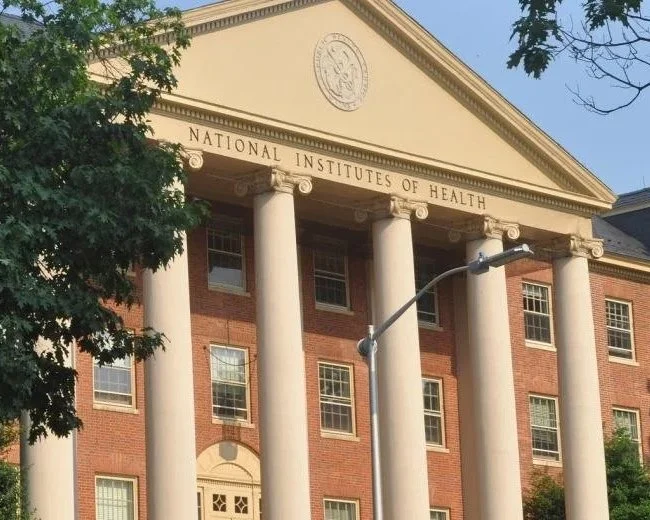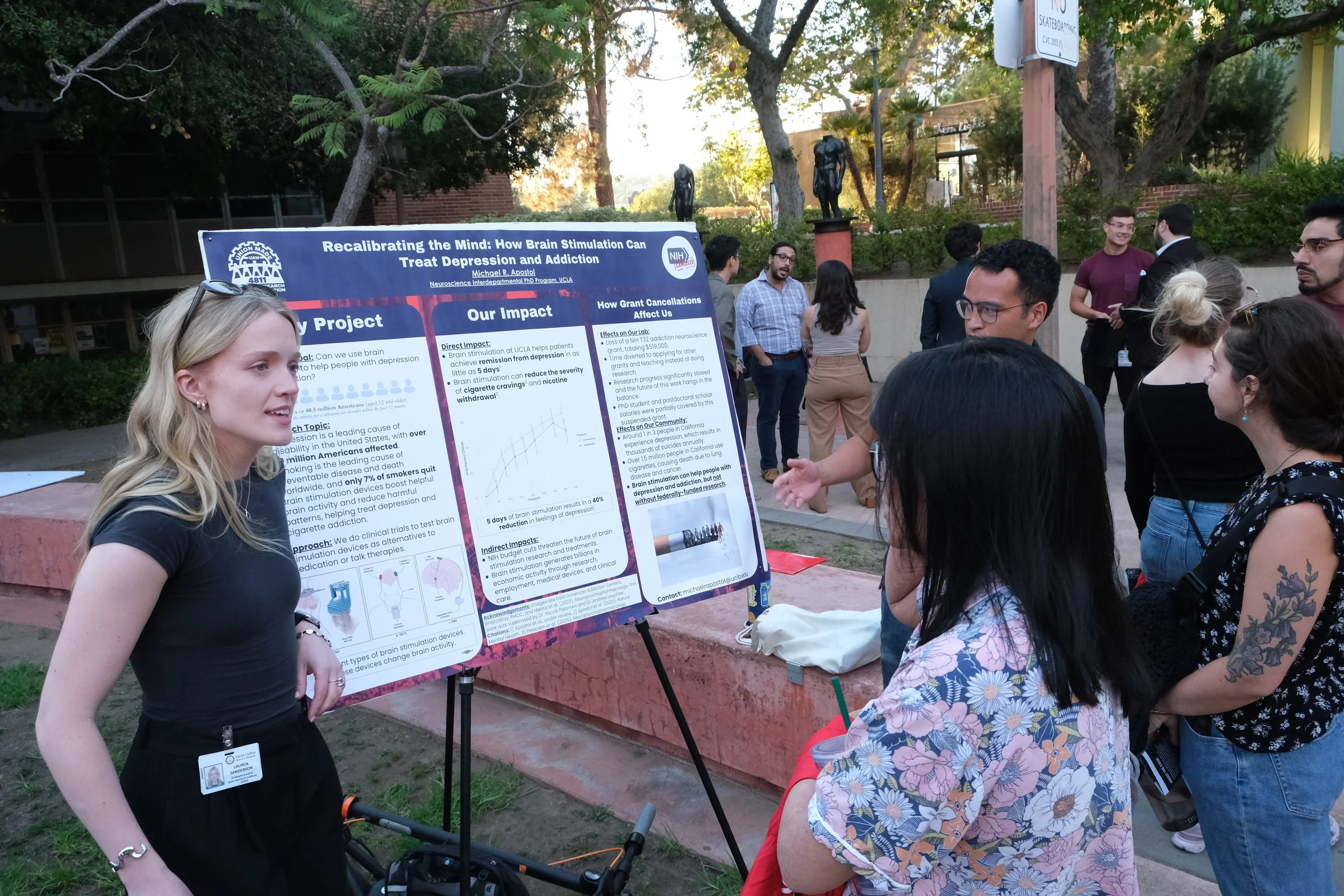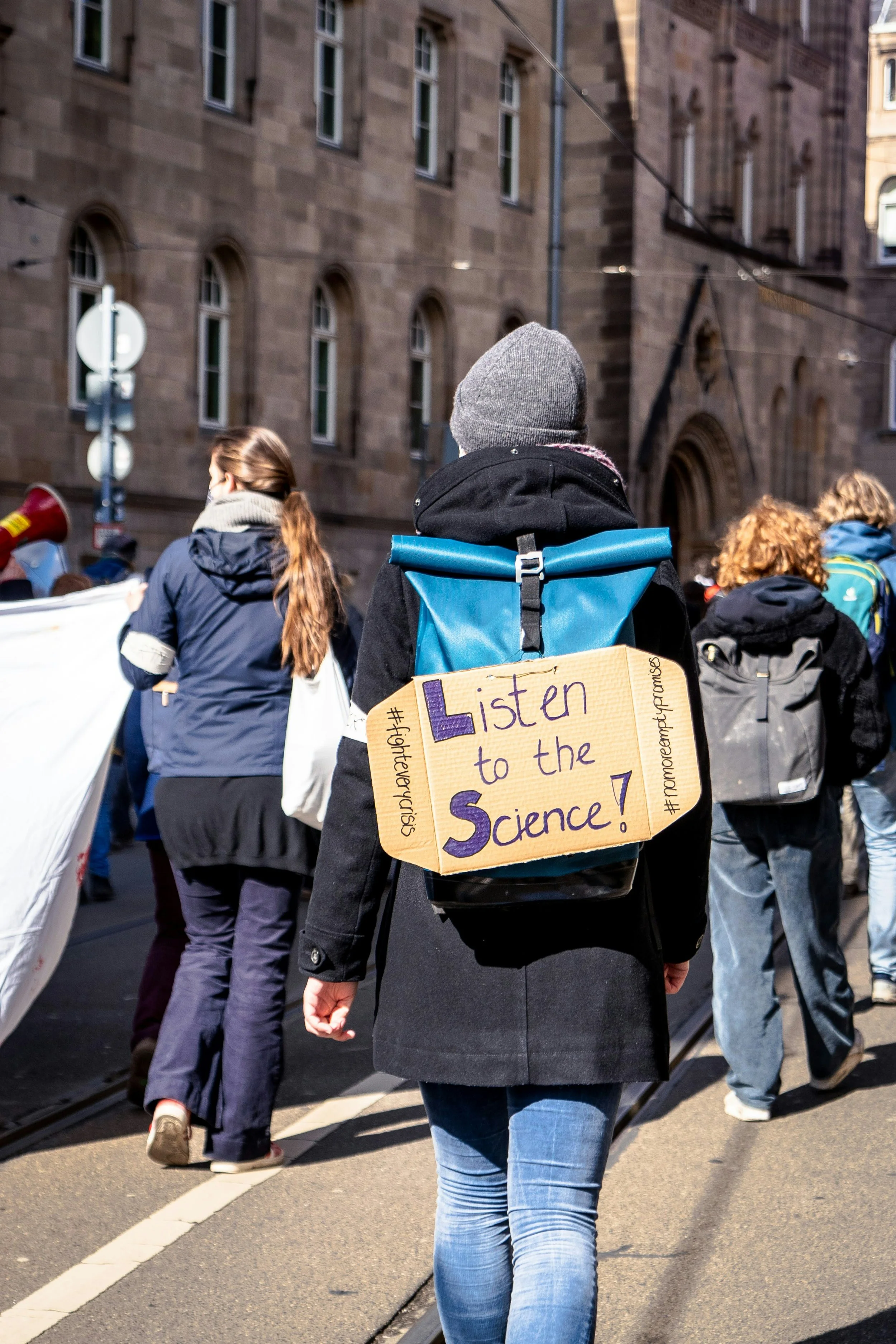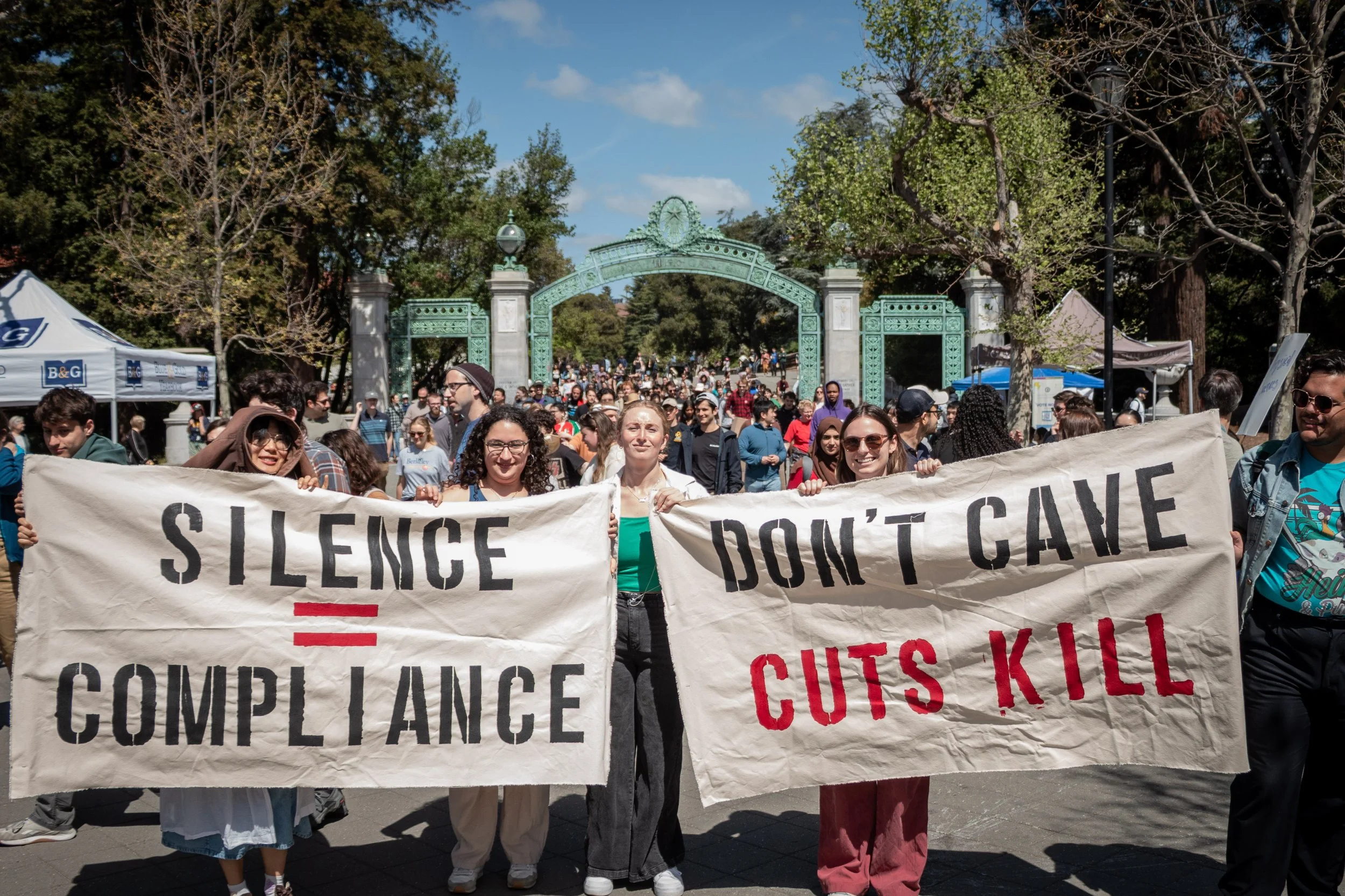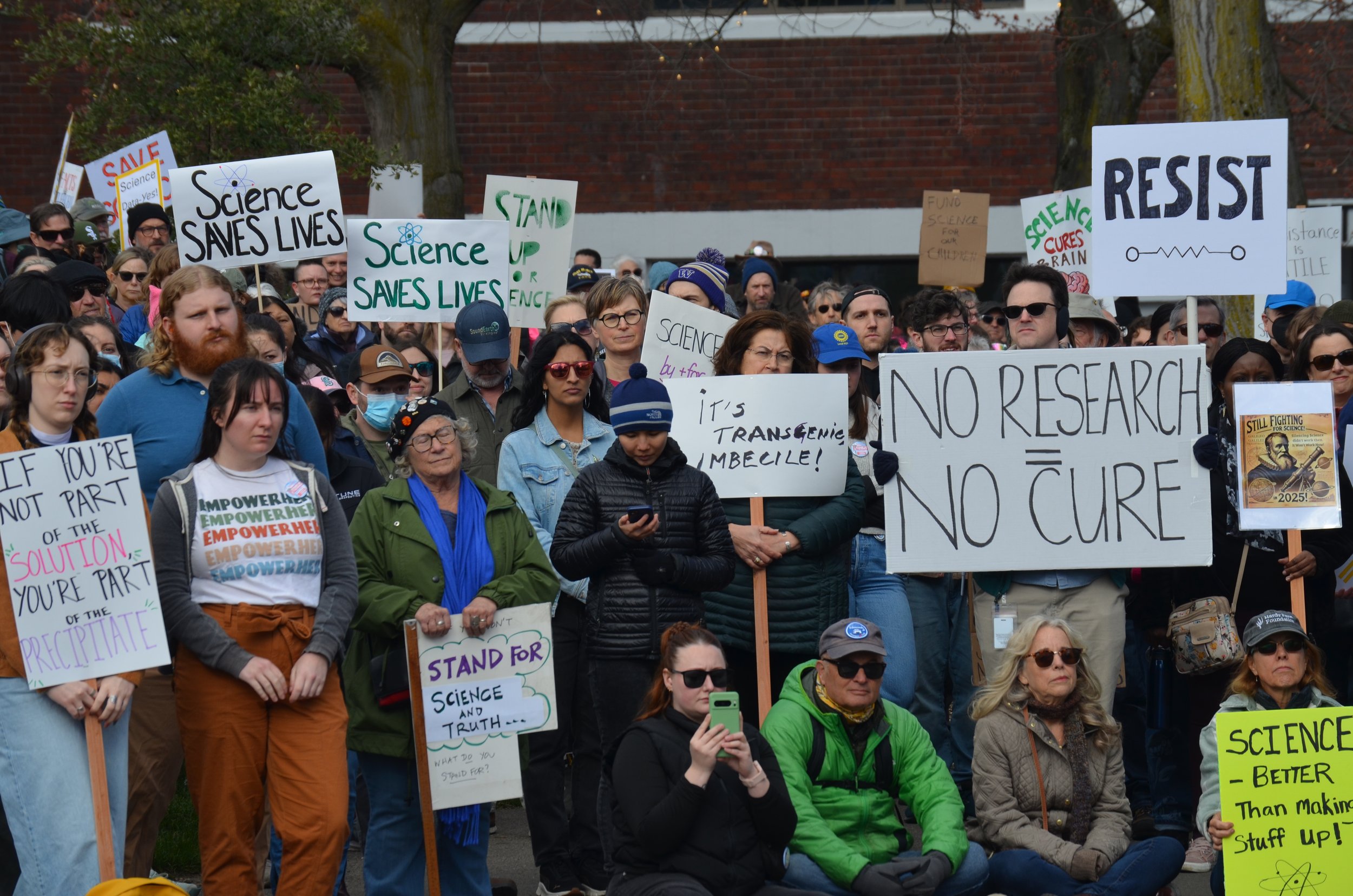
WHAT HAPPENS WHEN FUNDING IS CUT?
NIH
NIH funding fuels lifesaving research that improves treatments for millions of Americans living with cancer, Alzheimer’s, heart disease, diabetes, HIV, and more. It also trains the next generation of scientists and attracts top global talent to the U.S. Over the decades, NIH support has positioned the U.S. as a global leader in medical innovation, created tens of thousands of jobs, and fueled local economies across all 50 states.
The Results of NIH Funding
Childhood cancer death rates have dropped by 70% over the last 50 years
3.8 million lives have been saved from cancer since 1991 due to advances in early detection and treatment
354 out of 356 FDA-approved drugs (2010–2019) were backed by NIH-funded research
Every $1 invested in NIH generates $2.46B in economic activity
In 2023, NIH funding supported over 400,000 U.S. jobs and nearly $100 billion in economic output
When NIH funding is slashed, we risk losing progress on diseases that touch every American family—and threaten the economic engine that powers communities across the country.
NSF
The NSF funds critical basic research in science and engineering, and has underpinned major technological innovations including GPS, the internet, MRI machines, and more.
But recent cuts have been devastating:
In early 2025, the Trump administration terminated over 1,700 active research grants, cutting $1.4 billion in existing project funding
By May 2025, new NSF grant funding dropped 51% below the 10-year average
The Ripple Effects:
The private sector loses a foundation of basic research needed to innovate
A 50% cut to federal science funding could shrink U.S. GDP by 7.6%
Tens of thousands of jobs and billions in economic output are at risk each year
Early-career researchers face a bleak future—with many leaving science or the U.S. entirely
DOE
The Department of Energy (DOE) is vital for climate research, renewable energy innovation, and scientific discovery through national labs.
Proposed Cuts Under Trump:
Massive layoffs across national labs due to funding shortfalls
Elimination of billions in clean energy grants from the Infrastructure Investment and Jobs Act
A proposed 14% cut ($1.15B) to climate research programs like Biological and Environmental Research
INTERNATIONAL SCHOLARS
What Happens When International Scholars Are Targeted?
The Trump administration’s policies including travel bans, visa restrictions, and ICE enforcement have created an atmosphere of fear and uncertainty for international scholars.
The Consequences:
Declining international student enrollment could cost $7 billion and 60,000 U.S. jobs
Fewer startups and patents, as many international scholars go on to become entrepreneurs and inventors
Brain drain: Top talent is choosing to study and work in other countries
Weaker research: Loss of diverse perspectives hampers innovation and scientific progress
Reduced global influence: As the U.S. becomes less welcoming, other nations seize the opportunity to lead in science and tech
